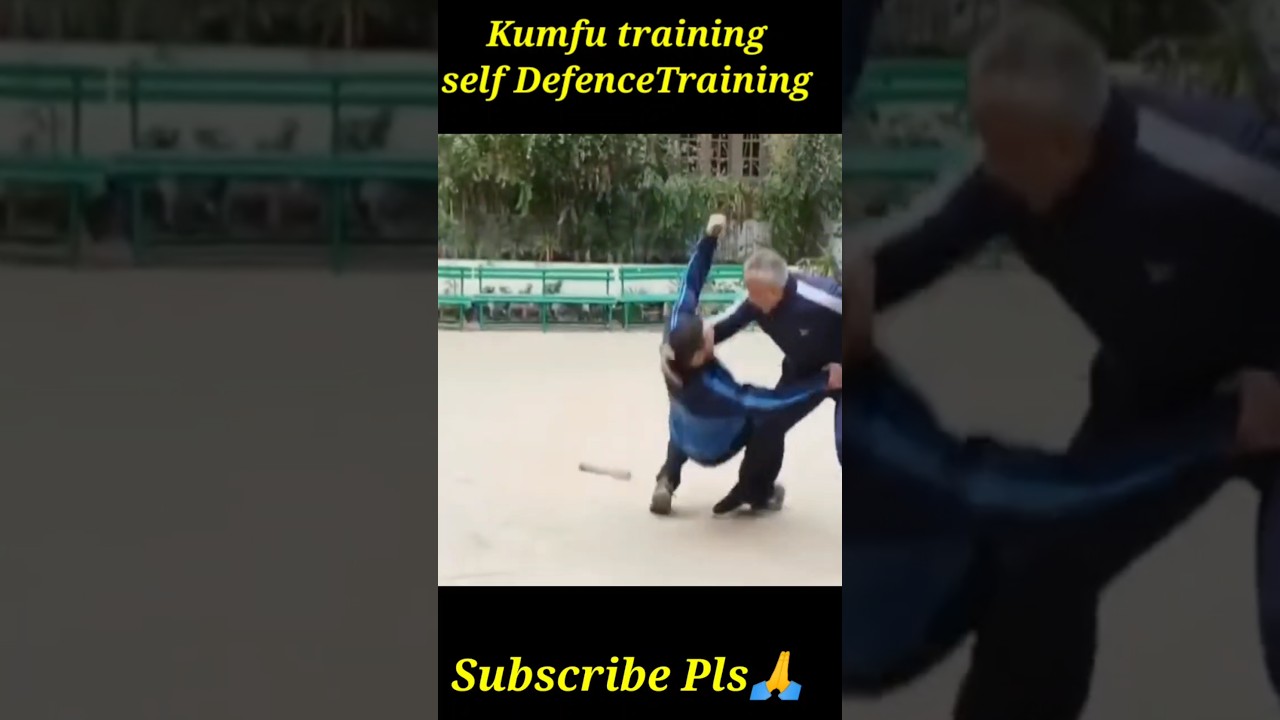Womens Self Defense
The Legal and Moral Dilemma of Obligation to Retreat Laws

The Legal and Moral Dilemma of Obligation to Retreat Laws
In the realm of self-defense laws, one contentious issue stands out: the obligation to retreat before using deadly force. Known as "duty to retreat" laws, these regulations require individuals to attempt to escape from a threatening situation before resorting to lethal measures. Understanding the intricacies of these laws entails exploring not only their legal implications but also their moral ramifications.
Understanding Obligation to Retreat Laws
Duty to retreat laws exist in various jurisdictions, often contrasting with "stand your ground" laws that permit individuals to use deadly force without the obligation to retreat, regardless of the situation. The primary idea behind the obligation to retreat is to encourage de-escalation and the pursuit of non-violent resolutions whenever possible. The laws generally stipulate that if a person can safely leave a threatening situation, they are required to do so before taking defensive action.
-
Legal Framework: In jurisdictions where the duty to retreat is applicable, individuals are evaluated based on their efforts to avoid the conflict. Courts will consider whether the person had a reasonable opportunity to escape the threat. If they did not attempt to retreat, their claim of self-defense may be weakened, potentially leading to criminal charges.
- Exceptions: Some jurisdictions recognize exceptions to the duty to retreat, such as situations involving a person’s home or workplace. In these scenarios, laws may permit individuals to stand their ground without the requirement to retreat, reflecting the belief that one should be allowed to defend their domain without fear of legal repercussions.
The Moral Dilemma
The obligation to retreat raises several moral questions that provoke debate among legal scholars, ethicists, and policymakers.
-
Preservation of Life: Advocates of duty to retreat argue that the emphasis on de-escalation prioritizes human life. By requiring individuals to first seek an alternative to confrontation, the law promotes a culture of conflict resolution and responsibility. It encourages individuals to consider the implications of their actions before resorting to violence—a message that resonates with societal values regarding the sanctity of life.
-
Victim Blaming: Critics contend that obligation to retreat laws could instill a culture of victim blaming. If individuals are held legally accountable for not retreating, they may be scrutinized for their actions in situations where escape is not realistically possible. In high-stress scenarios, individuals’ ability to think clearly and make rational choices can be compromised. Expecting someone to retreat in the face of immediate danger could lead to unjust punishments or legal repercussions for victims of violence.
- Ethical Implications of Self-Defense: The moral landscape surrounding self-defense is complex. The duty to retreat raises questions about individual rights. If an innocent person is cornered, should they be required to put their safety at risk in an effort to comply with the law? Some argue that self-preservation should take precedence over the obligation to avoid confrontation. This perspective emphasizes that the instinct for self-defense is an inherent human right.
Balancing the Scales
Navigating the legal and moral dilemmas related to obligation to retreat laws requires a careful examination of the balance between personal safety and legal accountability. Policymakers are faced with the challenge of crafting legislation that effectively addresses the nuances of self-defense while safeguarding individual rights:
-
Case-by-Case Evaluations: Some jurisdictions attempt to accommodate the complexities of self-defense situations through case-by-case evaluations, allowing juries to consider the context and individual circumstances surrounding each incident.
-
Education and Awareness: Promoting awareness and education on self-defense laws can empower individuals in potentially dangerous situations. Understanding the legal landscape surrounding self-defense can influence decisions made during critical moments.
- Legislative Reforms: As societal attitudes evolve, there is potential for legislative reform to either strengthen or modify the existing statutory framework of duty to retreat. Adjustments could provide clearer guidelines defining reasonable expectations for individuals who find themselves in threatening situations.
Conclusion
The obligation to retreat laws encapsulate significant legal and moral challenges that provoke ongoing dialogue within society. Balancing the imperative to prioritize human life with the rights of individuals to defend themselves is a continuous struggle for lawmakers. As such debates unfold, it is vital to inform public opinion and seek compassionate, just, and equitable solutions that uphold both individual rights and societal values. Ultimately, the goal is to foster a justice system that respects the complexity of human behavior and encourages peaceful conflict resolution, even in life-threatening scenarios.
Womens Self Defense
Women of Libre Knife Fighting (womens self defense, martial arts)

DVDs, Seminars, Locations, Books at www.LibreFightingSystems.com Find us on FACEBOOK.
source
Womens Self Defense
Understanding the Key Factors in Successful Legal Self-Defense Cases

Self-defense is a legal doctrine allowing individuals to protect themselves from imminent harm. However, a successful legal self-defense case relies on various intricate factors that vary by jurisdiction and case specifics. Understanding these factors can significantly impact the outcome of self-defense claims in court.
1. Imminence of Threat
One of the most critical elements in self-defense cases is the immediacy of the threat. The law typically requires that the threat you face must be immediate and unavoidable. This means that the perceived danger must be present at the moment of the defensive action, and not based on past experiences or hypothetical future threats.
2. Proportionality of Force
The force used in self-defense must be proportional to the threat faced. If you are confronted with a verbal threat, responding with lethal force may not be justifiable. Conversely, if faced with a deadly weapon, using similar force may be deemed appropriate. Courts analyze the situation to determine if the response was reasonable given the circumstances.
3. Duty to Retreat
In some jurisdictions, the duty to retreat exists, meaning that a person must first attempt to avoid confrontation before resorting to force. This is not universally enforced, as some "Stand Your Ground" laws permit individuals to use force without the obligation to retreat, even in public spaces. Understanding your jurisdiction’s laws is crucial for assessing your legal standing in self-defense situations.
4. Reasonable Perception of Threat
A successful self-defense claim hinges on whether a reasonable person in a similar situation would perceive the threat as imminent. Factors influencing this assessment include:
- The history between the parties
- Presence of weapons
- The conduct or demeanor of the aggressor
- Environmental context (e.g., dark alleys vs. well-lit streets)
5. State of Mind
The mindset of the defendant at the time of the incident also comes into play. The legal standard typically focuses on whether the individual honestly believed they were in imminent danger, even if that belief was ultimately mistaken. This subjective element can heavily influence the case, emphasizing the importance of clear evidence supporting the defendant’s state of mind.
6. Evidential Support
Concrete evidence that supports the self-defense claim is vital. This may include:
- Eyewitness testimonies
- Surveillance footage
- Photographic evidence
- Audio recordings
Gathering comprehensive evidence can bolster a self-defense argument by illustrating the context, timeline, and nature of the threat faced.
7. Witness Testimonies and Character Evidence
Witness accounts can substantiate the defendant’s version of events and the perceived threat. Additionally, character evidence portraying the defendant as law-abiding and truthful can impact jury perceptions. Conversely, the character and credibility of the aggressor may also be examined, influencing how jurors assess the situation.
8. Legal Representation
Navigating the complexities of a self-defense case requires astute legal guidance. An experienced attorney can navigate the nuances of local laws, assemble a compelling case, and provide critical support during trial. Their expertise can make a significant difference in the satisfaction of legal requirements for self-defense.
Conclusion
Self-defense is a multifaceted legal doctrine that hinges on various factors, from the immediacy of threats and proportionality of response to the specifics of jurisdictional laws. Understanding these elements can be crucial for individuals navigating the legal system after a self-defense incident. With comprehensive knowledge and professional legal support, defendants can better defend their rights while ensuring that justice is served in the face of threatening circumstances.
Womens Self Defense
Gun snatching 👊👊#kungfu #selfdefensetechniques #shorts#shortsviral #fighter #selfdefense #martialart

Gun snatching #kungfu #selfdefensetechniques #shorts#shortsviral #fighter #selfdefense #martialarts Your Quries:- self …
source
-

 Womens Self Defense10 months ago
Womens Self Defense10 months agoNew Legislation Empowers Women to Defend Themselves
-

 Self Defense News1 year ago
Self Defense News1 year agoShe was convicted of killing her abusive boyfriend. Now a Maple Grove woman is home awaiting a new trial.
-

 Self Defense News1 year ago
Self Defense News1 year agoSelf-Defense for All: The new Gracie Jiu-Jitsu Pasadena is for everyone | Online Features
-

 Womens Self Defense1 year ago
Womens Self Defense1 year agoTop 5 Self-Defense Techniques Every Woman Should Know
-

 Womens Fitness1 year ago
Womens Fitness1 year agoXtreme Bodyweight HIIT (Lots of Jumping!) | Joanna Soh (Fio Series)
-

 Womens Self Defense7 months ago
Womens Self Defense7 months agoUnderstanding State-by-State Variation in Self Defense Laws
-

 Womens Preparedness1 year ago
Womens Preparedness1 year ago10 essential skills for surviving in the great outdoors
-

 Womens Preparedness1 year ago
Womens Preparedness1 year agoEmpower Yourself: A Guide to Female Survival Planning





